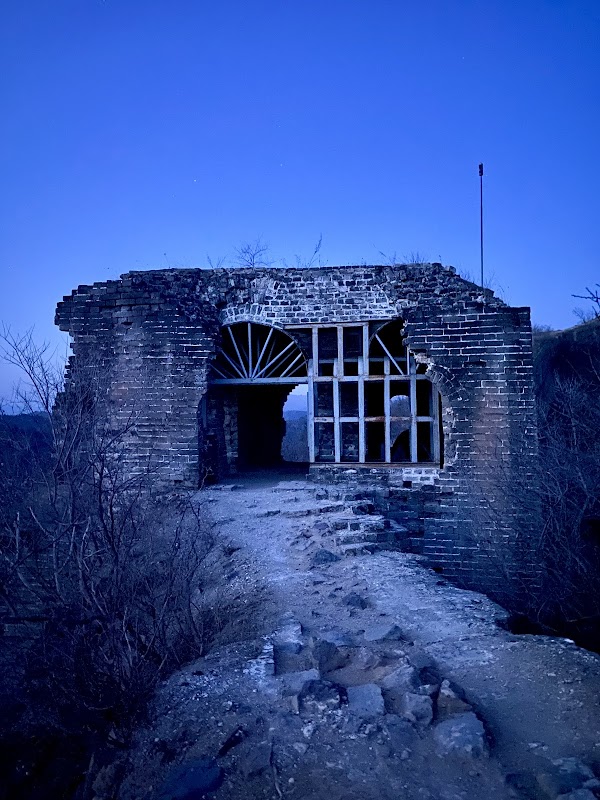
Running Through History: The Beijing International Marathon Experience
The Beijing International Marathon invites runners to engage deeply with one of China’s most historic cities, offering a flat yet stimulating 42.195 km race through iconic landmarks and urban scenery. Held in autumn’s crisp air, the event balances challenge with accessibility, perfect for avid runners eager to combine endurance with cultural immersion.
Prepare for Variable Temperatures
October mornings in Beijing can start cool and warm quickly—layer your clothing and be ready to shed as the race progresses.
Hydrate Wisely
Use the water stations at every 5 km to stay hydrated, but avoid overdrinking to prevent discomfort during long runs.
Choose Cushioned Footwear
Opt for running shoes with strong cushioning to handle the mostly flat, asphalt course comfortably over 42 km.
Arrive Early to Warm Up
Give yourself extra time before the start to stretch and acclimate to the surroundings, helping prevent injury.
Running Through History: The Beijing International Marathon Experience
The Beijing International Marathon offers runners more than a race—it’s a direct encounter with a city fiercely animated by its centuries of history and vibrant present. At 42.195 kilometers, the course threads a practical yet spirited path through some of Beijing’s most iconic landmarks—from the glimmering Bird’s Nest Stadium straight through bustling urban arteries lined with sprawling parks and ancient sites that watch silently as the runners surge past.
Starting in the early morning, the air holds a crisp edge, the city still stirring underneath a pale glow. Feet pound pavement that once bore imperial processions, and each step becomes an engagement with a terrain that demands endurance and respect. The course features light elevation shifts but avoids punishing climbs, making it approachable for seasoned runners and well-prepared amateurs alike. Its flat stretches through wide avenues encourage rhythm and pace, while tree-lined park sections allow brief respites under leaves with branches that seem to whisper reminders to steady your breathing.
Hydration stations appear every 5 kilometers, stocked with water and electrolyte drinks, inviting runners to listen closely to what their bodies require amid the steady pulse forward. Footwear that grips securely on smooth asphalt but promises comfort over a marathon’s length is essential—breathable running shoes with solid cushioning are wise choices to meet these demands. Timing-wise, the race is held in late October, striking a balance between Beijing’s crisp, dry fall weather and the necessity to avoid the chill that can descend quickly after sunset.
The city itself, waking further with each kilometer, becomes an active participant—vendors cheer encouragement, the ancient walls stand silently dignified, and the swirling river nearby dares runners onward with its constant push. This marathon is a challenge not just of physical ability but of staying mindful within an environment that is both fiercely alive and patiently timeless. For those ready to test endurance amid urban splendor and cultural depth, the Beijing International Marathon offers a grounded adventure, paced with practical care and seasoned with spirited energy.
Nearby Trips
All Adventures
Boat Charters
Water Activities
Adventures near Beijing, China
Discover the unique and memorable adventures that make Beijing, China special.
Frequently Asked Questions
When exactly does the Beijing International Marathon take place?
The marathon is typically held in late October, taking advantage of China’s stable autumn weather which balances cool temperatures with dry air ideal for long-distance running.
Is the marathon course mostly flat or are there hills?
The course is largely flat with minor elevation changes, designed to accommodate a wide range of runners and encourage personal bests without too much physical strain.
Are there water stations along the course?
Yes, hydration stations are placed approximately every 5 kilometers, providing water and electrolyte drinks to keep runners properly fueled and hydrated.
Can beginners participate in the marathon or is it for advanced runners only?
While the marathon distance itself is demanding, the flat course and well-organized support make it accessible for committed amateur runners who have trained adequately.
What cultural sights does the marathon pass by?
Runners pass iconic Beijing landmarks including the Bird’s Nest Stadium, Tiananmen Square, and sections near the Forbidden City, balancing historic grandeur with modern urban life.
What is the best way to prepare for the weather in Beijing during the marathon?
Layering is key—mornings can be chilly, but temperatures rise quickly; breathable, moisture-wicking fabrics help maintain comfort throughout the run.
Recommended Gear
Breathable Running Shoes
Footwear with cushioning and good grip is vital for marathon comfort on paved surfaces.
Lightweight Layered Clothing
Allows adjustment to cool mornings warming through the race duration.
Running Hydration Belt
Optional for runners who prefer to carry personal hydration alongside race stations.
Sports Watch with GPS
Helpful for tracking distance, pace, and time to maintain race strategy.
Local Insights
Hidden Gems
- "Small gardens within the race parks where local runners often warm up"
- "Less noticed sections near Olympic Park that offer quiet green pockets during the race"
Wildlife
- "Urban bird species frequently spotted include magpies and Eurasian tree sparrows"
- "Seasonal butterflies may flutter through park areas during fall"
History
"The marathon course connects modern Beijing with sites reflecting its imperial past, such as ancient city walls and monumental squares shaped by 20th century developments."
